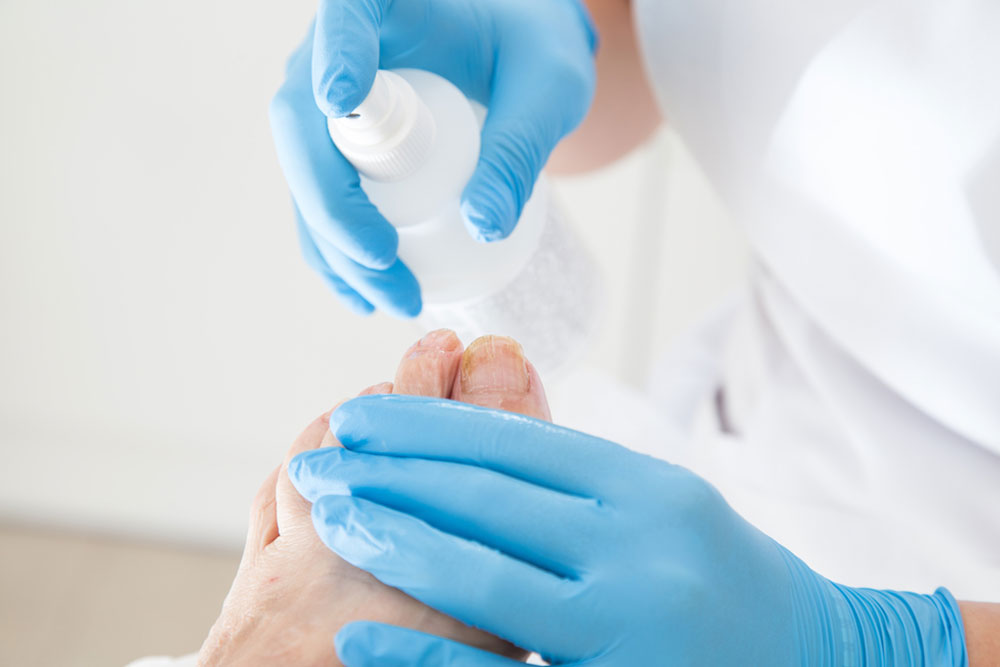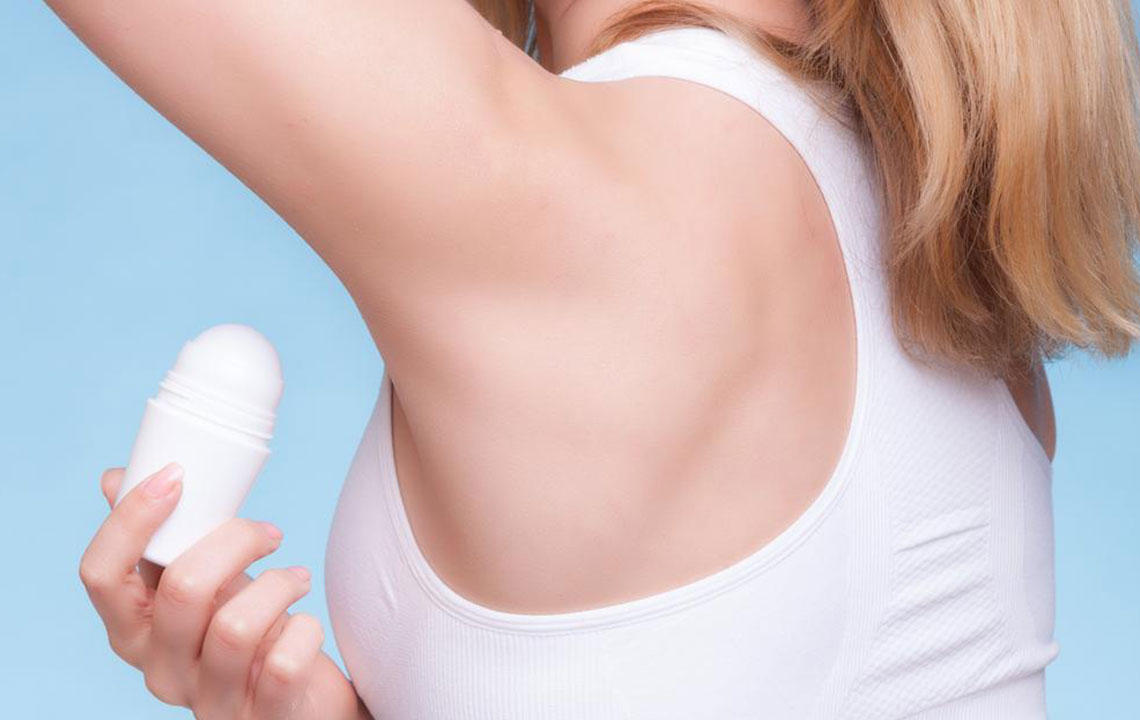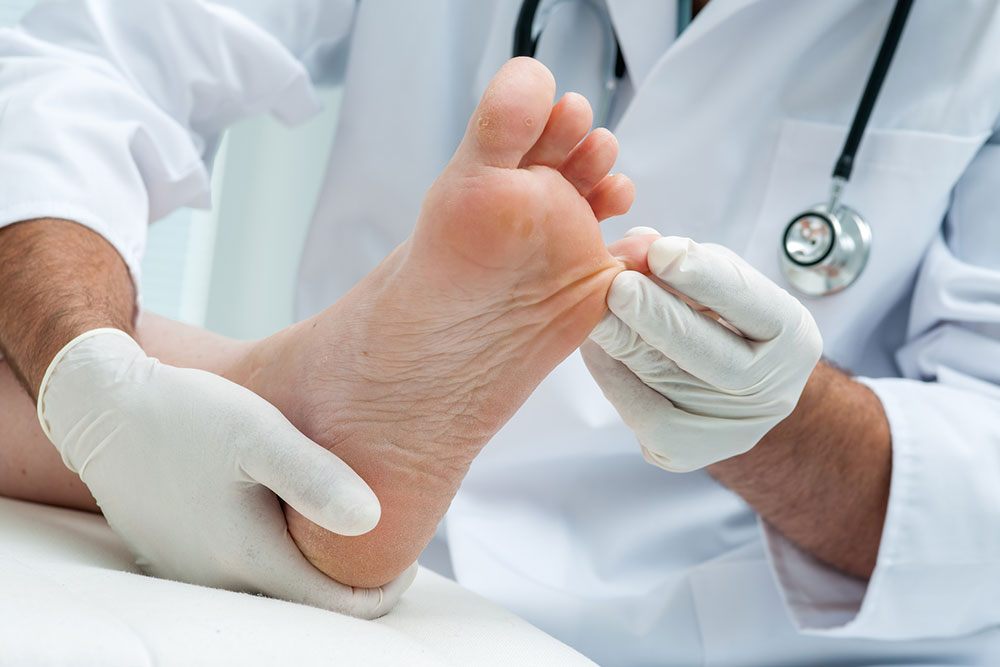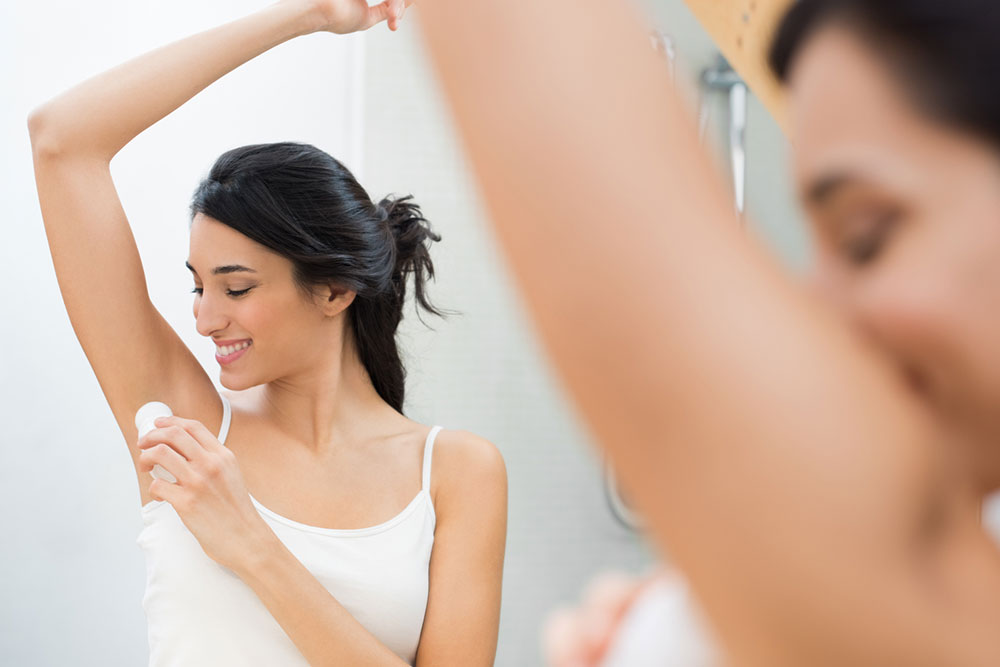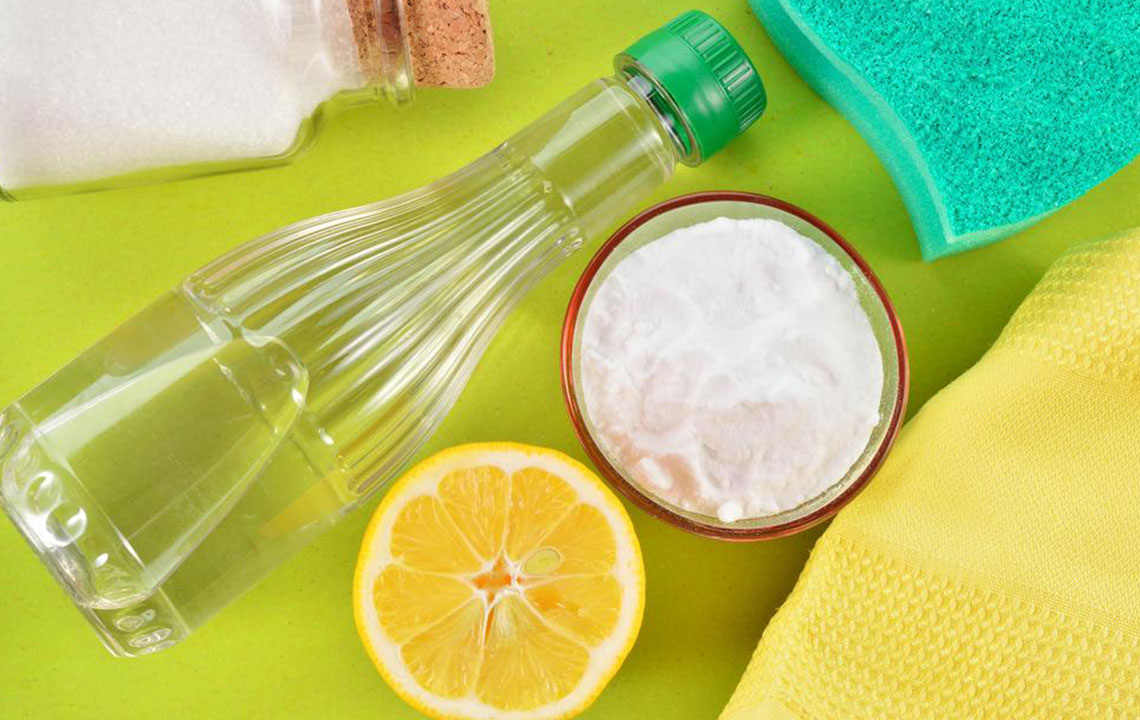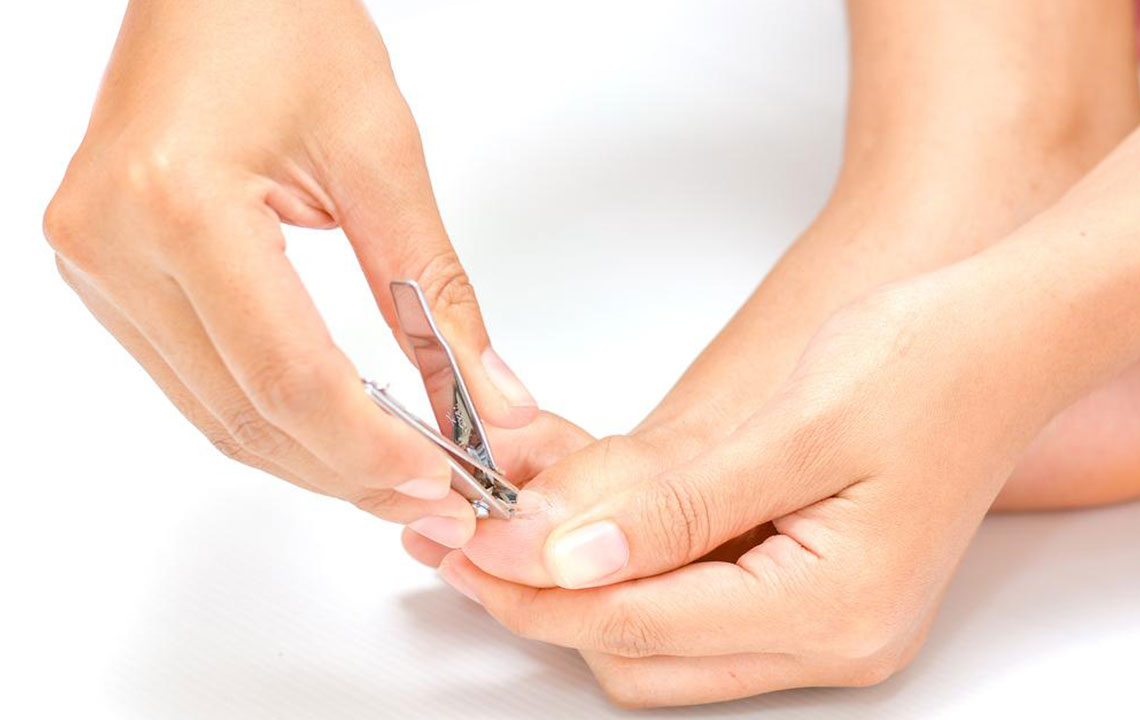Effective Strategies for Diagnosing and Managing Female Jock Itch
This article provides comprehensive information on diagnosing and treating female jock itch. It highlights common causes, symptoms, and effective treatment options, including over-the-counter medications and home remedies. Proper diagnosis through medical evaluation is emphasized, along with the importance of completing prescribed treatments to prevent recurrence. The article also discusses signs of secondary infections and practical home care tips, offering valuable guidance for women suffering from this common fungal condition.
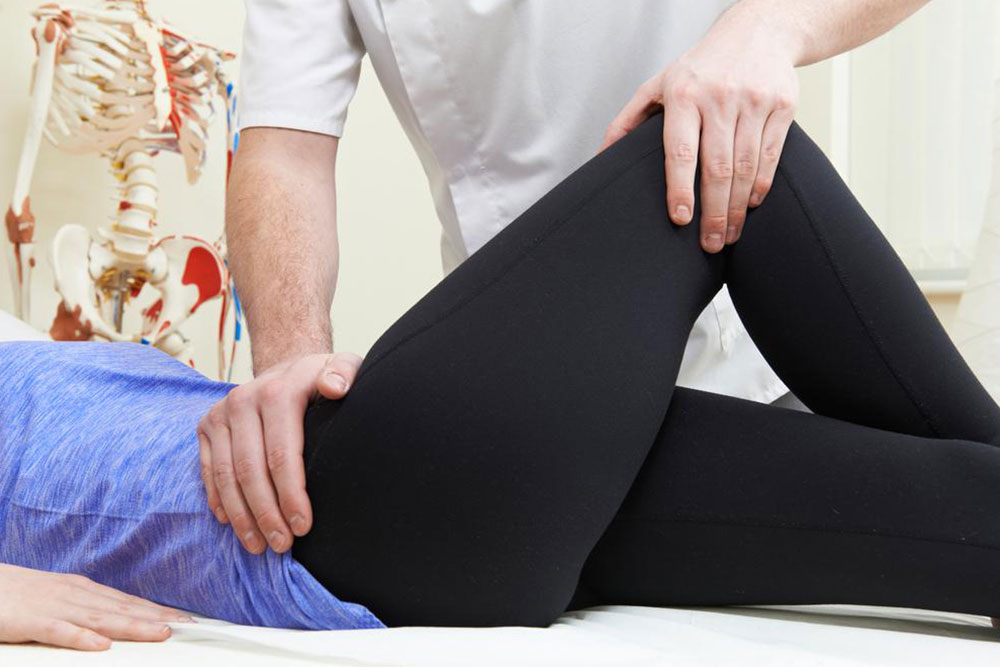
Understanding and Treating Female Jock Itch
Female jock itch is a fungal skin infection common in women, typically affecting the groin, inner thighs, or buttocks, especially in hot and humid climates. This condition develops in warm, moist areas due to excessive sweating, obesity, tight clothing, infrequent changing of undergarments, or sharing towels and clothing with infected individuals. Recognizing and appropriately treating this condition is crucial for comfort and health.
How Female Jock Itch Is Diagnosed
Physicians assess the appearance and location of the rash, as well as the patient's medical history and symptoms. Proper diagnosis is essential, as other skin issues can mimic jock itch.
Healthcare providers may perform physical examinations and request laboratory tests, such as skin scrapings viewed under a microscope or cultures, to confirm the diagnosis.
Treatment options depend on severity. Mild cases can often be managed with over-the-counter antifungal creams like miconazole, clotrimazole, or oxiconazole, which are more effective when applied directly to affected areas rather than sprays.
More severe infections may require stronger topical medications or oral antifungal drugs. Completing the prescribed course is vital to prevent recurrence.
If the rash oozes or worsens, it may indicate a secondary bacterial infection, requiring antibiotics prescribed by a doctor.
Home remedies can provide relief. These include:
Apple cider vinegar — Mix two tablespoons in warm water, wash the area gently, and let it dry.
White vinegar — Use a soaked cloth to cleanse the affected area with diluted white vinegar.
Listerine — Applied similarly, it may help control symptoms due to its antifungal properties.

